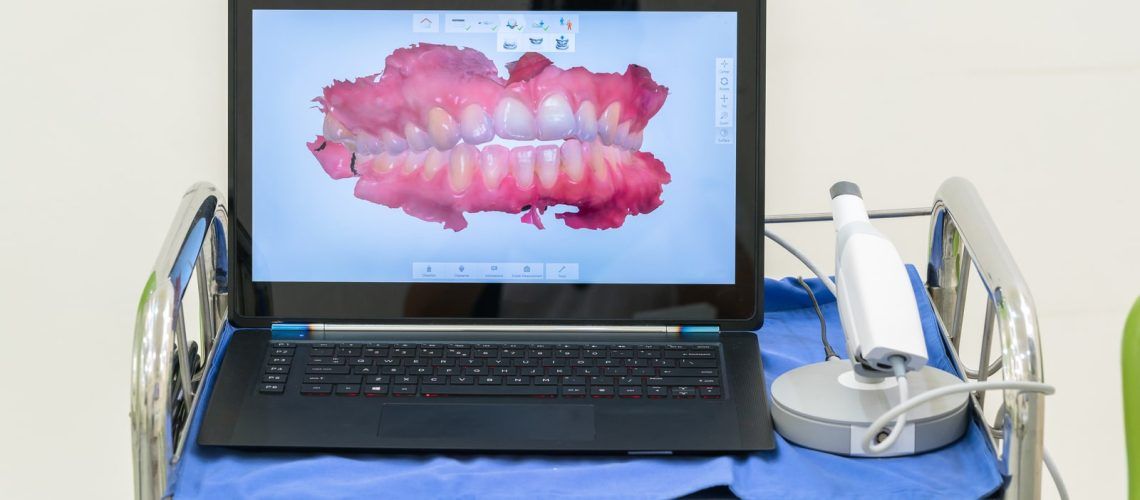There is one underlying goal that drives the majority of medical providers. They want to preserve and maintain a patient’s quality of life by supporting the area of health they specialize in. For dentists, this means ensuring that a patient’s oral health is maintained and protected from decay and disease. In addition to receiving the training and developing the skills necessary to do so, they have to have the right tools. Every year dental technology continues to advance in many areas. One development to come out of the field of dental imaging is CBCT. We will discuss how this innovation has helped revolutionize how dentists plan and exercise treatment.
How CBCT Has Revolutionized Dental Treatment Planning
Among the most well-known dental treatments are root canal treatments, or RCT. These treatments fall under the umbrella of endodontic care. This field of dentistry focuses on the interior health of the tooth, including the roots, pulp, dentin, and blood vessels found within. The procedure is named after the narrow channels within the roots of the teeth called root canals. These channels can be extremely difficult to identify; many are small and didn’t show up using previous imaging techniques.
CBCT, or Cone-Beam Computed Tomography, is a form of imaging that provides high-resolution images of oral structures. The CBCT device consists of an imaging device with a place for the patient to stand. Mounted on this stand is a swing arm with a camera on its end. This arm can swing just over 180 degrees, making a full circuit of the patient’s face. During this movement, it takes dozens of photos of the patient’s oral structures. Once it completes its transit and returns, these images are used to develop a 3D digital image of the patient’s oral structures.
The Benefits of CBCT Technology Include:
- Enhanced accuracy for improved diagnosis and planning of treatment
- Reduced time spent in the office
- The elimination of dental films and the related development time
- Ease of document transfer between specialists and the patient
- Precise imaging of the sinuses, nerve canals, and nasal cavities in the orofacial area
One common companion to CBCT imaging is a specialized device for oral imaging. This device is the size of an electric toothbrush. It is placed in the patient’s open mouth and moved around precisely to create a clear image of the soft tissues and structures within the oral cavity. Together these two forms of imaging have completely changed how dental care is provided and treatment planned.
Speak To Your Dentist About CBCT Technology
Want to learn more about CBCT technology? Reach out to your dentist and schedule a biannual consultation. They’ll bring you and perform a full dental exam, giving you plenty of opportunities to ask about the specialized devices involved. As dental technology advances, providers continue to find ways to improve the level of care they provide. Patients’ improved oral health and better results from all areas of dental treatment.



